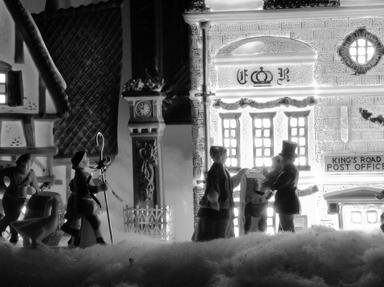Quiz Answer Key and Fun Facts
1. What type of novel is "A Tale of Two Cities"?
2. Dickens studied "The French Revolution: A History" to prepare himself. Who wrote this essay?
3. The opening sentence contains 118 words. What stylistic device did Dickens use in it?
4. What is Jarvis Lorry's cryptic message in Book One?
5. In which city do Jarvis Lorry and Lucie Manette meet each other in the beginning of the novel?
6. How does Jerry Cruncher describe himself?
7. "If it was ever intended that I should go across the salt water, do you suppose Providence would have cast my lot in an island?" Who asks this rhetorical question?
8. The first scene in Paris is about a broken cask of wine. In which suburb, where the Defarges live, does it take place?
9. Several characters have a double identity. Which two descriptions do not refer to one and the same person?
10. How many trials are there against Charles Darnay?
11. Lucie says: "I have imagined them the _________ of the people who are to come in my life, and in my father's."
12. Who becomes Lucie's husband?
13. Who's the "fellow of no delicacy"?
14. "What's a Resurrection-Man?" asks young Jerry Cruncher to his father. What's the right answer?
15. "Age about forty, height above five feet nine, black hair, aquiline nose with inclination towards the left cheek." Who fits this description?
16. Doctor Manette's third attack of mental derangement lasts exactly nine days. Jarvis Lorry is worried and asks a friend for advice. Who is this friend?
17. What convinces Charles Darney to go back to Paris?
18. Madame Defarge is killed in a struggle with whom?
19. What's a tumbril?
20. When Sydney Carton is beheaded under the guillotine, the knitting-women count: "Twenty-three." Who was number twenty-two?
Source: Author
queenofsheba
This quiz was reviewed by FunTrivia editor
MotherGoose before going online.
Any errors found in FunTrivia content are routinely corrected through our feedback system.

